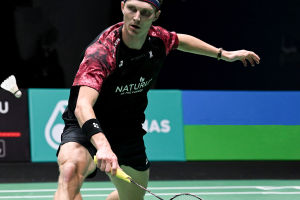Rowing is a sport in which a boat is propelled on the water by human power. The shape of the boat is tapered at both ends. As the athlete paddles, the sliding seat also moves forward and backward, which makes the boat move forward quickly in the water.
The rowing competition is divided into single, double, four, eight, with a helmsman, without a helmsman and so on. The distances for men and women are 2000 meters and 1000 meters respectively. A kayak is a two-bladed paddle; a rowboat is shaped like a canoe and paddles with a single-bladed paddle.
The technique for rowing is to lean forward, straighten your arms, extend the paddle into the water, and then pull both paddles back, using the strength of your entire body. Each stroke should be a continuous motion with even force applied to each paddle. Because this pull is the strongest, many maneuvers use this method to slow down or back the boat.
There are two ways to change the angle of the boat. Single paddle rotation means that only one paddle is used. When one paddle is rowed, the other paddle is on the water surface, which will cause the boat to have some backward motion. The rotation of the paddles requires a little skill. When one paddle is needed to push, the other paddle is pulled at the same time, and the hands are reversed.
Rowing can help you maintain a healthy posture and balance your body fat and net weight. If you have too much body fat measured by a general body composition analyzer, rowing is a good aerobic fat-burning exercise. Allows you to easily burn 600 calories in an hour! In addition, rowing can improve the ability of your lungs to provide oxygen to the blood. If your cardiopulmonary function is not healthy, you are prone to heart diseases. The good news is that you can improve your cardiopulmonary capacity through short intervals of intermittent exercise.


